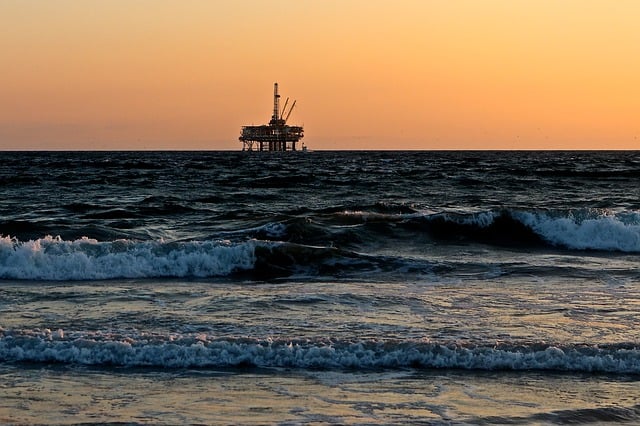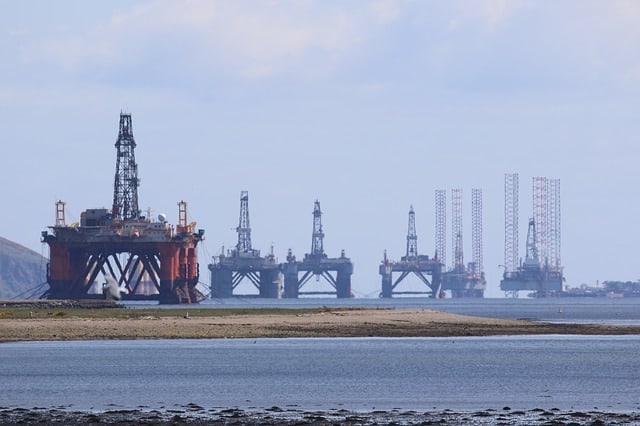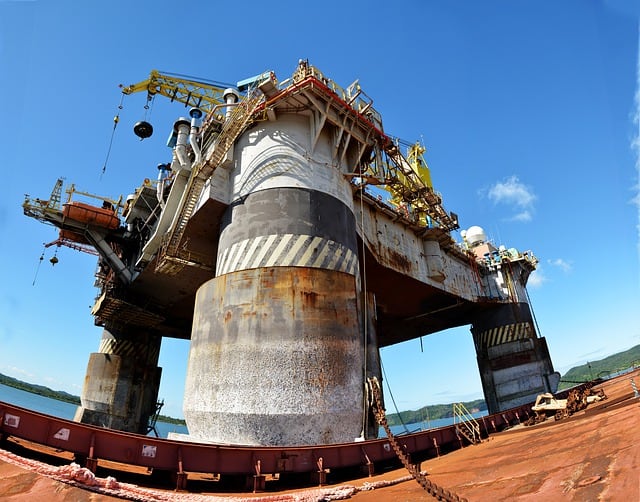 Tim Bisley, SVP, Software at Lloyd's Register, explains how the right use of data can help protect lives as well as assets in the offshore industry.
Tim Bisley, SVP, Software at Lloyd's Register, explains how the right use of data can help protect lives as well as assets in the offshore industry.
The upstream oil and gas industry is cyclically faced with low oil prices and high operating costs, with the growing challenge of ageing assets and increasingly complex infrastructure. Similarly, the downstream market is struggling to maintain production uptime of ageing assets operating at maximum capacity. Whilst safety remains paramount, improving asset reliability is just as crucial to stay competitive and to realise cost efficiencies.
Asset Performance Management (APM) platforms that offer greater insight into an assets’ safety, risk and performance, are increasingly seen as the next step in maintenance optimisation. Combining engineering expertise with new technologies, APM offers a means to leverage the abundance of industry best practice and historic asset data – rationalising and focusing maintenance efforts based on a number of themes including product price, total cost of ownership, cost of maintenance or consequences of failure. Regardless of maintenance methodology, APM turns inputted data into straightforward, actionable insights that not only manages reliability and risk, but can also save money and even increase uptime particularly for operators in asset-intensive industries such as oil and gas.

Offshore facilities are costly to build and operate, but given that the cumulative cost of maintaining a facility over its lifetime can rival the capital costs required to design, construct and commission the facility, it makes the commercial aspect of maintenance important.
In a fluctuating oil price environment, operators are pressured to maintain production levels, often postponing non-essential maintenance and stalling shutdowns. This is compounded by offshore accommodation limitations, reductions in personnel, and uncertainty relating to the rationale for existing maintenance programmes. Operators can struggle under this unattainable maintenance burden, which leads to escalating maintenance backlogs, facility unreliability, safety violations and in the worst case, fatalities. While deaths in global upstream operations fell 36 per cent between 2016 and 2017 to the lowest number on record since 1985, the International Association of Oil and Gas Producers consider that many of the 33 reported fatalities were avoidable. Examining the top three causes of fatal incidents the IOGP identified:
- Organisational inadequacy in identifying hazards or assessing risk
- Personal inattention, lack of awareness, improper decision making or lack of judgment
- Inadequate work standards and/or procedures
As IOGP Executive Director Gordon Ballard said: “even a single death is one too many”.

The maintenance burden
For a typical offshore installation with an operational life of 30 years and approximately 50,000 maintainable equipment items, around 750,000 work orders will be generated, leading to some 9,000,000 hours of maintenance activity. In total this can represent a cumulative expenditure of up to £2 billion and, with many facilities exceeding their original design life, the costs of maintenance can continue accumulating significantly beyond original estimates.
Up to 25 per cent of offshore personnel can be engaged in the management, supervision, preparation and execution of maintenance activities on an offshore installation. Performing only the correct maintenance at the correct time is of paramount importance in order to maximise the utilisation of every available offshore bed.
This is further reinforced when it’s considered that 27 per cent of all offshore injuries are associated with maintenance, and that 10 per cent of all hydrocarbon releases are directly ascribed to maintenance activity.
Conversely, over-maintaining offshore equipment is also prevalent, compounding the backlog issue and introducing unnecessary personnel risks. Many assets operate with a maintenance strategy and plan which are a legacy of a past economic era, and have typically remained constant over the asset’s life, irrespective of changing realities and where original equipment manufacturer recommendations go unchallenged.
The ability to refine maintenance in response to changing criteria is key, considerations include:
- Changes to operating parameters and modifications.
- Experience gained through equipment operation.
- Technology improvements (eg equipment design, maintenance and inspection techniques).
- Changes to tolerability of failure and risk.
- The inclusion of commercial criteria when optimising maintenance.
Different approaches to maintenance
With any maintenance activity, the aim is to maintain equipment at its lowest total cost of ownership. This, however, is often difficult to achieve as the optimum condition is ever-changing; economic considerations, performance assumptions, production capability, technology and personnel competence are not fixed but vary with time and mean that maintenance that is regarded as being optimal today may be sub-optimal tomorrow.

Further, given the volume of equipment, it can be impractical to develop bespoke maintenance for every piece on an individual basis, and a generic approach can be adopted. For example, all low voltage motors may have an identical maintenance programme assigned, irrespective of the driven unit connected to the motor. Whilst this approach can have merit in that it is a cost-effective way of assigning maintenance to large numbers of equipment items, there is no discretion applied or, specific commercial criticality considered.
Yet, as APM platforms reach maturity, becoming more advanced thanks to continued innovation in data capture and analysis, many of these limitations are becoming a thing of the past. Whereas ten years ago you’d have needed a team of mathematicians and a big budget to programme your own tools, APM platforms are increasingly accessible across all sizes and remits of businesses. The new challenge for operators is to understand which platforms can best support the plethora of maintenance methodologies in use, whether that be risk-based, reliability-centred, failure, preventative etc. and which will lead to the best outcomes, whether that be reliability, uptime, risk reduction or return on investment.










Breaking the 15MW Barrier with Next-Gen Wind Turbines
Hi Martin, I don´t have any detailed parameters for the 15MW design other than my reading of the comment in the report ´aerodynamic loads at blade-tip...